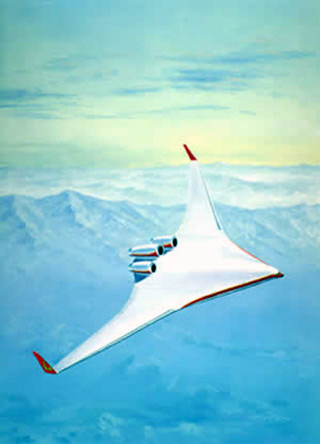Course Description
This course extends fluid mechanic concepts from Unified Engineering to the aerodynamic performance of wings and bodies in sub/supersonic regimes. 16.100 generally has four components: subsonic potential flows, including source/vortex panel methods; viscous flows, including laminar and turbulent boundary layers; …
This course extends fluid mechanic concepts from Unified Engineering to the aerodynamic performance of wings and bodies in sub/supersonic regimes. 16.100 generally has four components: subsonic potential flows, including source/vortex panel methods; viscous flows, including laminar and turbulent boundary layers; aerodynamics of airfoils and wings, including thin airfoil theory, lifting line theory, and panel method/interacting boundary layer methods; and supersonic and hypersonic airfoil theory. Course material varies each year depending upon the focus of the design problem.
Course Info
Instructor
Departments
Learning Resource Types
assignment
Problem Sets
grading
Exams
notes
Lecture Notes

Sketch of a blended-wing-body aircraft. (Image courtesy of NASA.)










